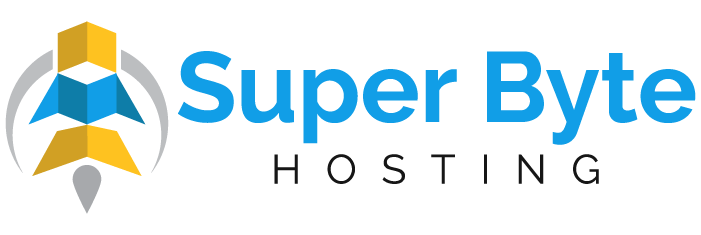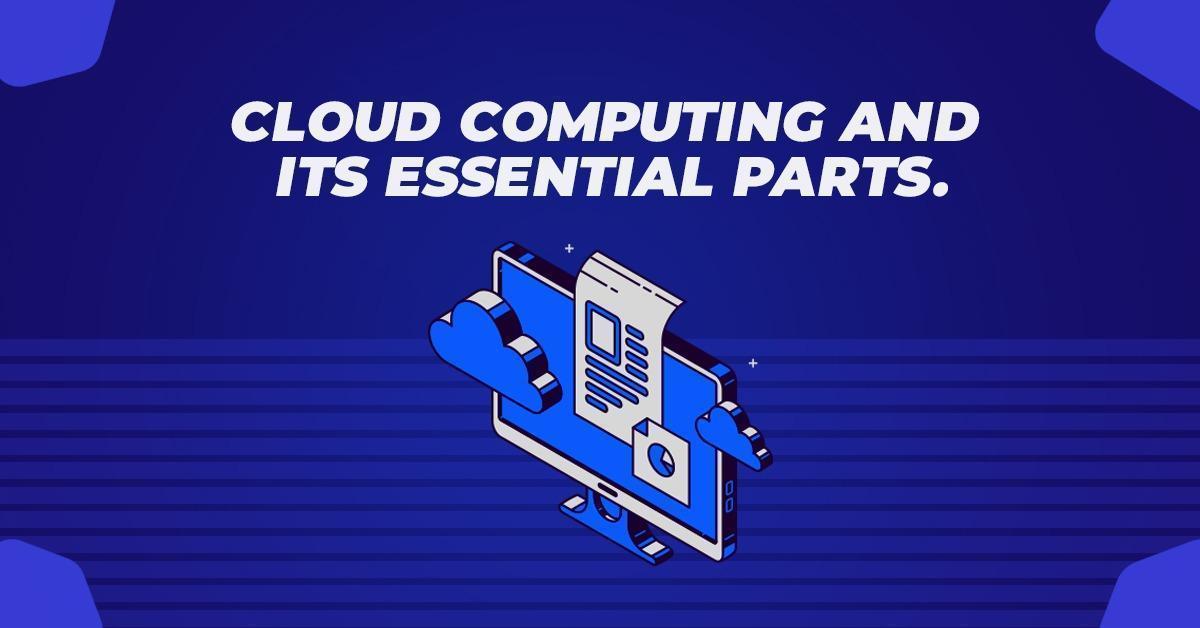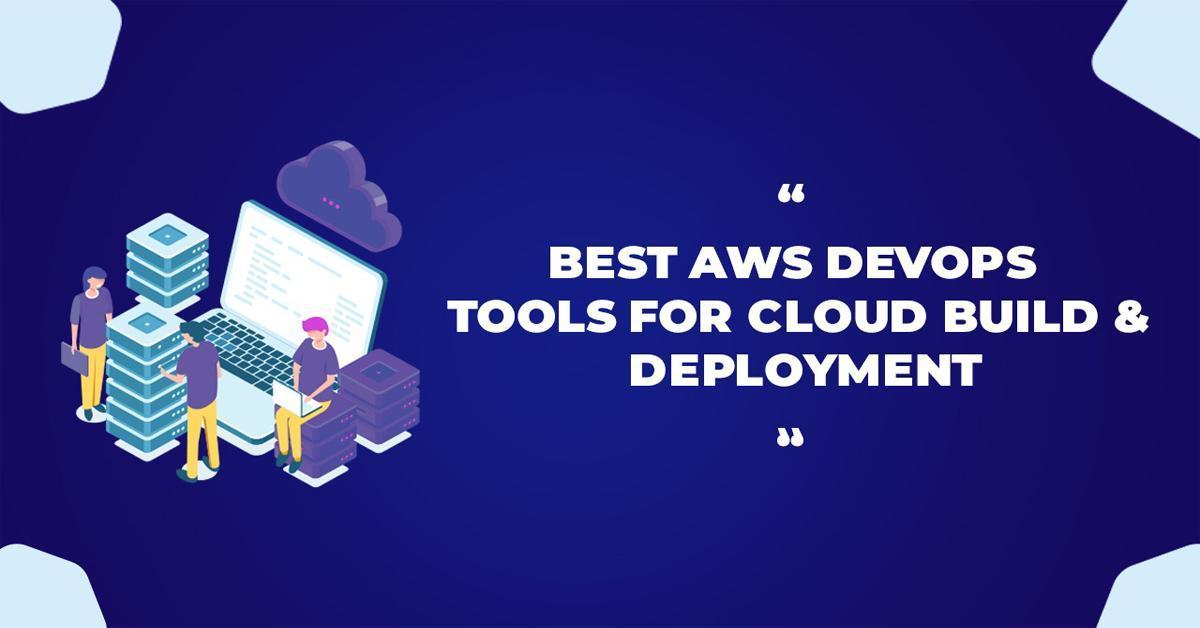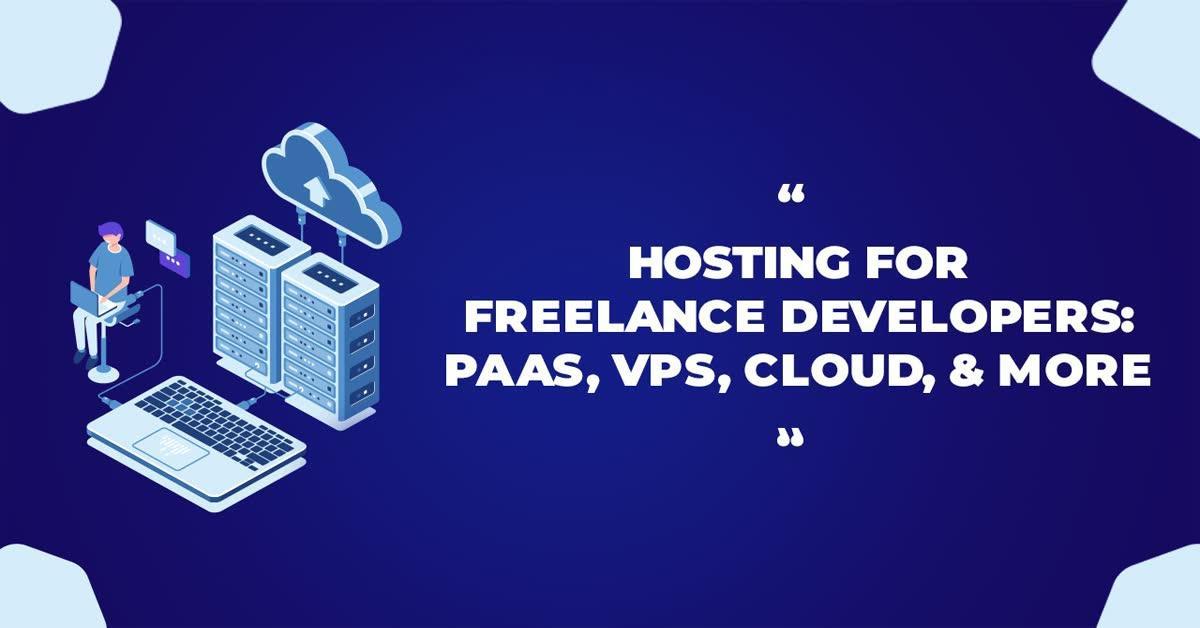Cloud Computing And Its Essential Parts
What is cloud computing?
Cloud computing is the facility for providing an on-demand computer system based on availability. The data storage availability is another feature of cloud computing as it does not allow the user to directly manage it. The term is usually used to elaborate over the matters which are concerned with the data centers which provide information to various users all over the world. The predominant type of cloud of today is the large cloud which has the functions spread over the various locations from the central servers. The functions which are distributed on multiple scales are managed by the system of the large clouds. The connection to the user is comparatively closer than most cases and in these cases, they are known as the edge server systems.
Cloud computing is reliably on the point of the available resources which helps to achieve the correctness, coherence of the scale. The economies of scale are also judged by the reliability of cloud computing.
Its components
Storage-as-a-Service:
It is the component of cloud computing where you can use the storage. It is the one which we usually operate with the aid of physical methods such as using the remote site. This feature is also known as the disk space. There are other components on the cloud but this is the main component as they are dependent as a Storage service.
Database-as-a-Service:
This is the live database component of the cloud. It had the functionality which works through the physical features in the local machine. The main objective of this particular component is to reduce the cost of the dB by the usage of the software as well as hardware in the making.
Information-as-a-Service:
The information which can be accessed from anywhere on the web is the component named above the remote information. It can be pulled in with the help of this component. Remotely fetched information can always be helpful to the user. The remote information includes facts like livestock prices, internet banking, online news, credit card validation and so on.
Process-as-a-Service:
This is a process that helps in the combination of the various data and services present in the cloud. The process happens with the hating of the same or the equivalent cloud-computing resource. The remote information can also be compiled in this case. This is a feature mainly used for the purpose of the business. In businesses, the key method is to collect information and form process. The entire procedure helps in the delivery in demand. The mobile network services are part of this. The key services of this particular section are used from the component of cloud computing.
Application-as-a-Service:
The component named above is also known as the SAAS which is basically the entire model made for the use of the clients. This is a feature mainly made to serve the users on the internet. These users, mostly use the browsers to search for information. The internet facility is thus provided to the end-users. The front line users do not usually get the benefit of this component. The front end users must develop this component for the use of the end-users. The ultimate measures are taken by the Salesforce, Gmail, Google calendar and so on.
Platform-as-a-Service:
This is the component of the app where the app is basically created, stored and undergoes testing. The implementation of the app also occurs here. The component level is the one that allows for the creation of the level of Enterprise and this application. This makes the cloud cost-effective.
Integration-as-a-Service:
This component is around the notion of building an application that can be incorporated with the other applicants. The medicating process within the exercise and local machines are also Carried out by this. The stacks from the kids are usually brought into and the local machines communicate with it. Google maps are an example of this feature.
Security-as-a-Service:
As far as customers are concerned, this is the most important component as they are ones who need security. The operations are handled delicately here and the security features are almost three dimensional in nature.
Management-as-a-service:
This component of the cloud helps in resource utilization, virtualization and server up and downtime management.
This is the role model feature of the cloud which makes it a type of small model admin if the app.
Testing-as-a-Service: Testing-as-a-Service refers to the testing of the applications that are hosted remotely, whether there is a requirement to design a working database and there is enough security for the applications and so on. This will be tested even with two or three cross clouds. This will also be a component in the development of cloud products.
Infrastructure-as-a-Service:
This is the entire infrastructure of the app built. The processing and the purchasing of them all and it’s resources occur in this component. The processes occur right in front of us but often we cannot see what happens at the back of the screen when it works. This has several back features as well.
Characteristics of cloud computing
The special publication includes the 5 characteristics which are present:
On-demand self-service:
The online control panel enables a user or a consumer to utilize on-demand self-service which is a type of cloud service in cloud computing. Unilateral allowance on working facilities like computer networking provides service to the user. The services can be utilized whenever needed by the consumer as per their requirements.
Broad network access:
This is basically available in a private cloud network. The various cloud computing services are available and can be accessed through the means of a wide range of devices like tablets, PCs, Macs, and smartphones. Resources are made available to all and it is possible that it can be accessed through the means of standard mechanisms. The standard mechanisms often use by various different clients as has been mentioned before.
Resource pooling:
The provider’s computer sources undergo pooled and multiple consumers are served using a multi-tenant model. The consumer demand determines the multi-tenant model which are various in nature and programmed according to the basics of the user’s requirements. There exists partial location independence in which the exact location cannot be controlled or understood by the consumer which is available by the provided resources although consumers can specify the location of the work done such as country or state.
Rapid elasticity:
This is mainly dependent on customer demand. Whenever the customer wants it, the level of the rapid elasticity increases and on the other hand, sometimes the deploy becomes low. This is the major fact of rapid elasticity that it depends greatly on customer demands.
Measured service:
At some point in its making, cloud computing can change the resources on its own. This is a major factor in the development of cloud computing. At some point of its existence, the organizer develops on its own for the user benefit.
Different elements of cloud computing
SP 800-145 also defines three deployment models – private, public and hybrid – that together categorize ways to deliver cloud services.
- Public Cloud: This model is responsible for the making of resources like the storage space and the networking available to the general public.
- Private Cloud: This model is responsible for the distribution of the assets to the private grouping of infrastructure. It helps to fulfill the goals of a partnership and offers a secure environment due to its private model.
- Hybrid Cloud: This is a mix of both private and public clouds for a single company.
This is what we call cloud computing in brief. In a nutshell, whatever you see when you browse is a part of cloud computing.






































